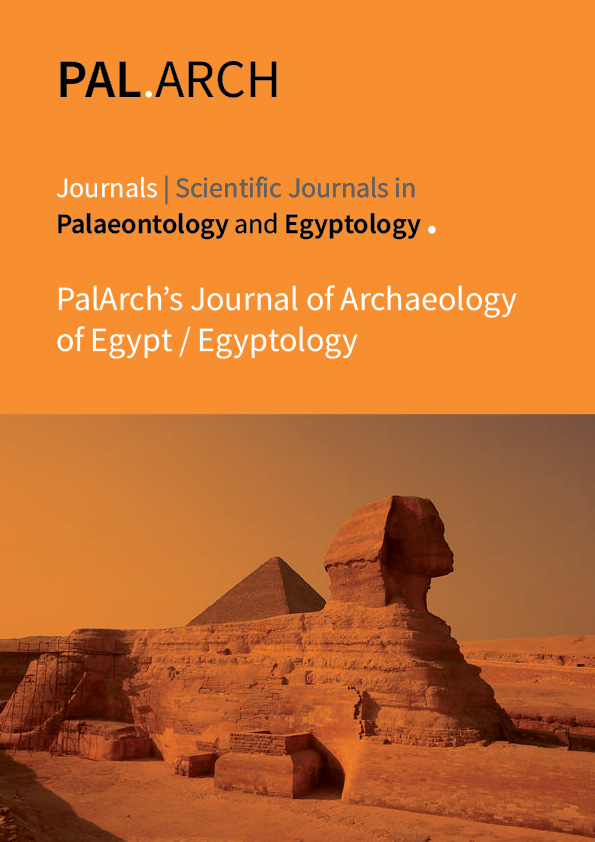SEISMIC SIGNAL REPRESENTATION OF EASTERN VISAYAS REGION, PHILIPPINES USING CHAOTIC DYNAMICAL SYSTEMS THROUGH INVERSE FROBENIUS-PERRON
Abstract
The actual seismic signals recorded for Eastern Visayas Region of the Philippines for the years
2011 to 2017 whose ergodic density is assumed to conform a power-law distribution modeled as
a chaotic dynamical system. The chaotic dynamical model is created through the use of the
conjugate approach in finding solution for the Inverse Frobenius -Perron Problem (IFPP).
Results show a 86% similarity index and a ???????????????? ???????????????????????????? ????????????????????(????????????) = 0.001072 or a
???????????????????????????????? ????????????????????(????????) = 0.000244. With a minimal probability of almost equal to 1% for both
Type 1 and 2 errors for the point by point comparison between the generated and the actual
seismic data. The study concludes that a chaotic dynamical system can be used as a basis for
forecasting earthquake occurrences in the Visayas region of the Philippines. This new technique
of analysis determines the difference in distribution between the actual and generated seismic
signals



